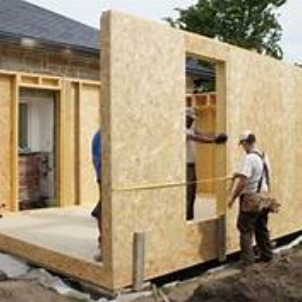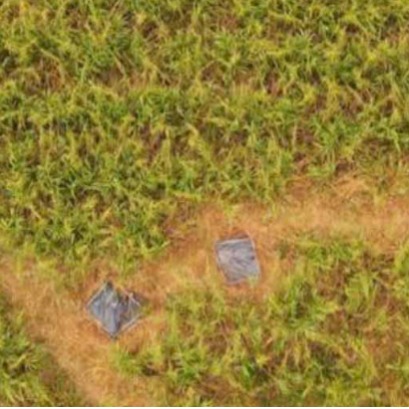
Wooden skyscrapers up to 50 stories tall could soon be part of cities
Attempt to decarbonize and revitalize urban construction
In Australia, wooden skyscrapers up to 50 stories tall could soon be part of cities in a bid to decarbonise and revitalize urban construction. Three separate plans have been submitted to build hybrid timber buildings in Perth and Sydney between 180 and 220 meters tall. Each would more than double the height of the current world record holder, an 86.6-meter apartment building in Milwaukee, USA. Developer James Dibble, whose proposal for a 47-story apartment building in Perth is before the state development panel, said hybrid technology puts wood on a par with concrete and steel. "There really isn't any limitation to height other than the limitation of physics like any other building, to be blunt," he said. "And I would remind everyone that you can't grow concrete. If concrete were a country, it would be the third largest emitter in the world. Wooden skyscrapers are made possible by hybrid construction, which uses "mass timber" designed around a concrete core.

IT MAY INTEREST YOU
 The only tree in the middle of the Sahara desert that was vital for commercial and military routes
The only tree in the middle of the Sahara desert that was vital for commercial and military routes
The Ténéré Tree, a solitary acacia in the Sahara desert, became for centuries a beacon of life and reference for travelers In the vast Sahara desert, where aridity and silence dominate the landscape, there was a tree that stood alone, being a beacon of life and hope for travelers.
 Renovations, construction of houses and extensions made of wood gain speed, comfort and efficiency in the country
Renovations, construction of houses and extensions made of wood gain speed, comfort and efficiency in the country
In private neighborhoods, the Coast, the Coast and Patagonia, the choice of homes with dry works is growing. Speed, low environmental impact and energy savings.
 Vida Silvestre and ArgenINTA promote a national consultancy for the restoration of forest landscapes in Argentina
Vida Silvestre and ArgenINTA promote a national consultancy for the restoration of forest landscapes in Argentina
The Argentine Wildlife Foundation and the ArgenINTA Foundation signed a technical cooperation agreement to begin a consultancy aimed at the Restoration of Forest Landscapes (FPR) in the seven forest regions of the country. The work seeks to generate technical and scientific inputs that guide the design of provincial and national restoration programs, in support of the implementation of Law No. 26,331 on Native Forests.





















